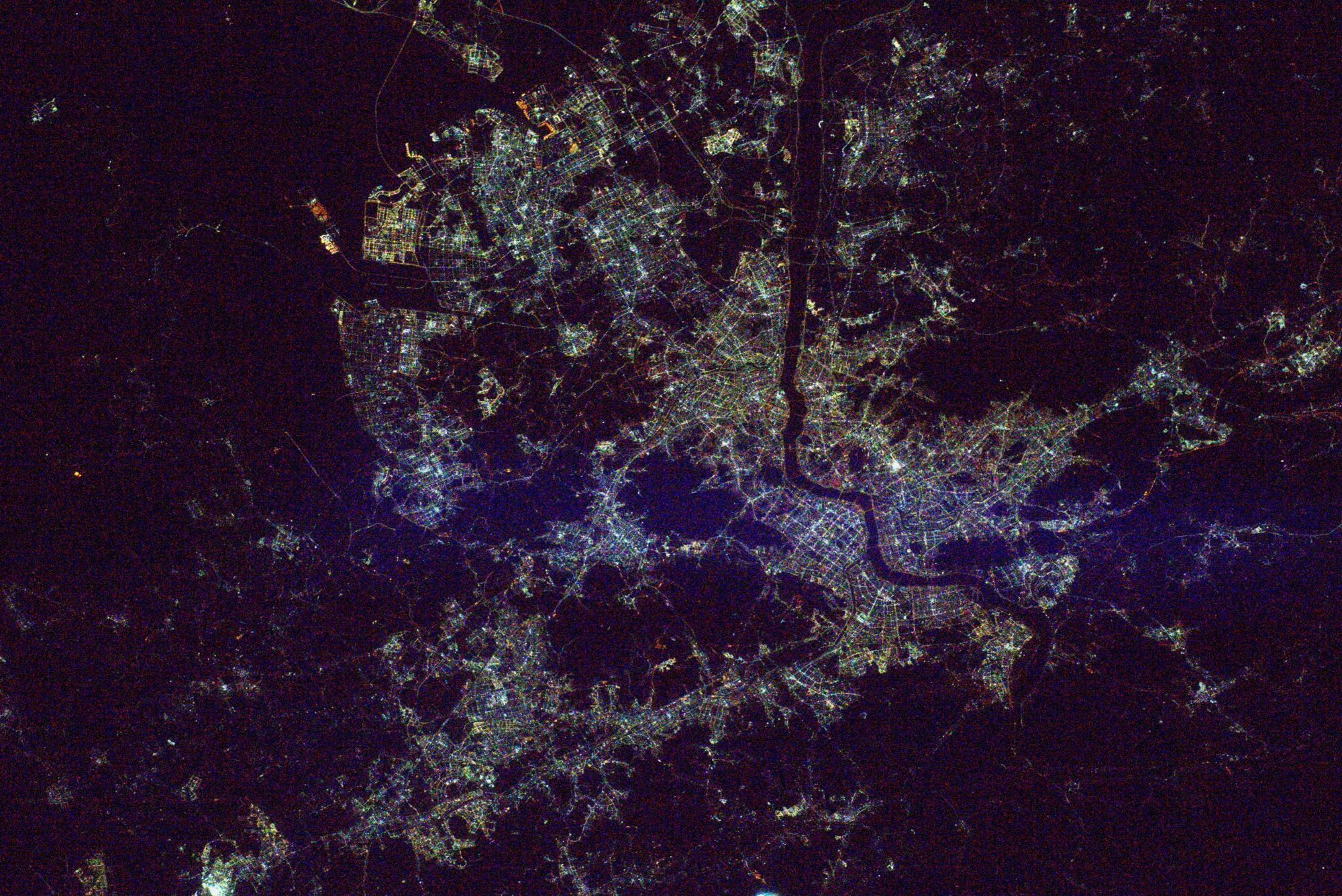Astronaut Koichi Wakata captured from ISS Seoul, the capital of Korea.

Seoul is Korea’s most extensive urban center, and the broader Seoul Capital Area, with about 1 million population, hosts more than half of South Korea’s population. Seoul’s history traces back to 18 BC when it was founded by the people of Baekje, one of the Three Kingdoms of Korea. During the Joseon dynasty, Seoul was officially designated as the capital, surrounded by the Fortress Wall of Seoul. Seoul is geographically set in a mountainous and hilly terrain, with Bukhan Mountain positioned on its northern edge. Within the Seoul Capital Area lie five UNESCO World Heritage Sites: Changdeok Palace, Hwaseong Fortress, Jongmyo Shrine, Namhansanseong, and the Royal Tombs of the Joseon dynasty. Seoul has served as the national hub for the music, entertainment, and cultural industries that have propelled K-pop and the Korean Wave to international prominence.
The local scenery on the ground is as follows.

Reference: Koichi Wakata’s Tweet
See earthview photo gallery: LiVEARTH